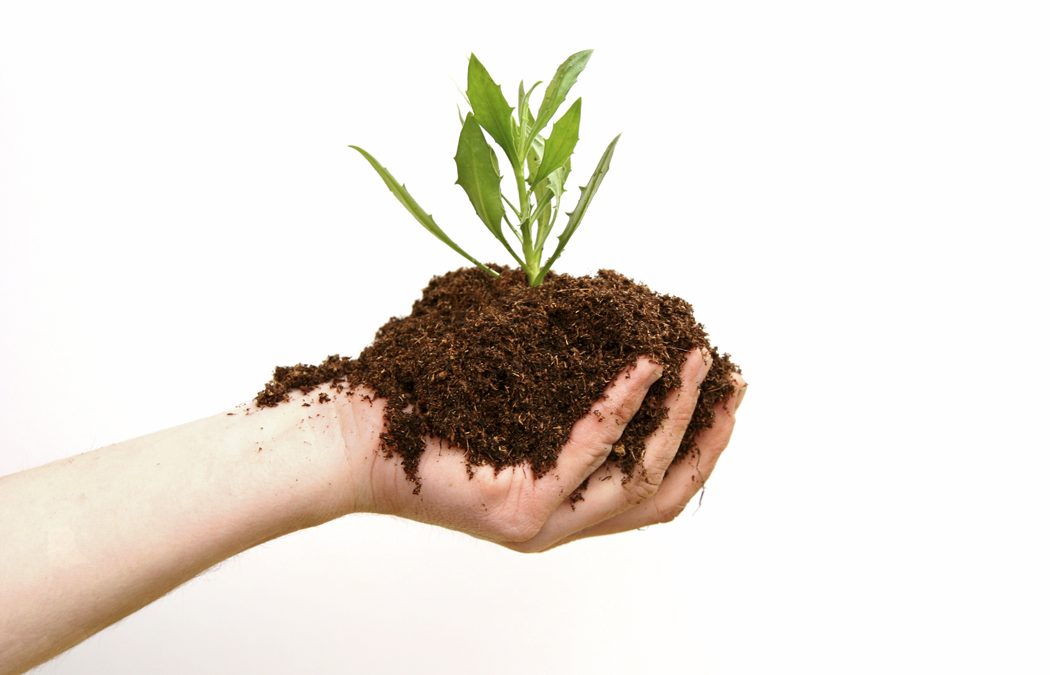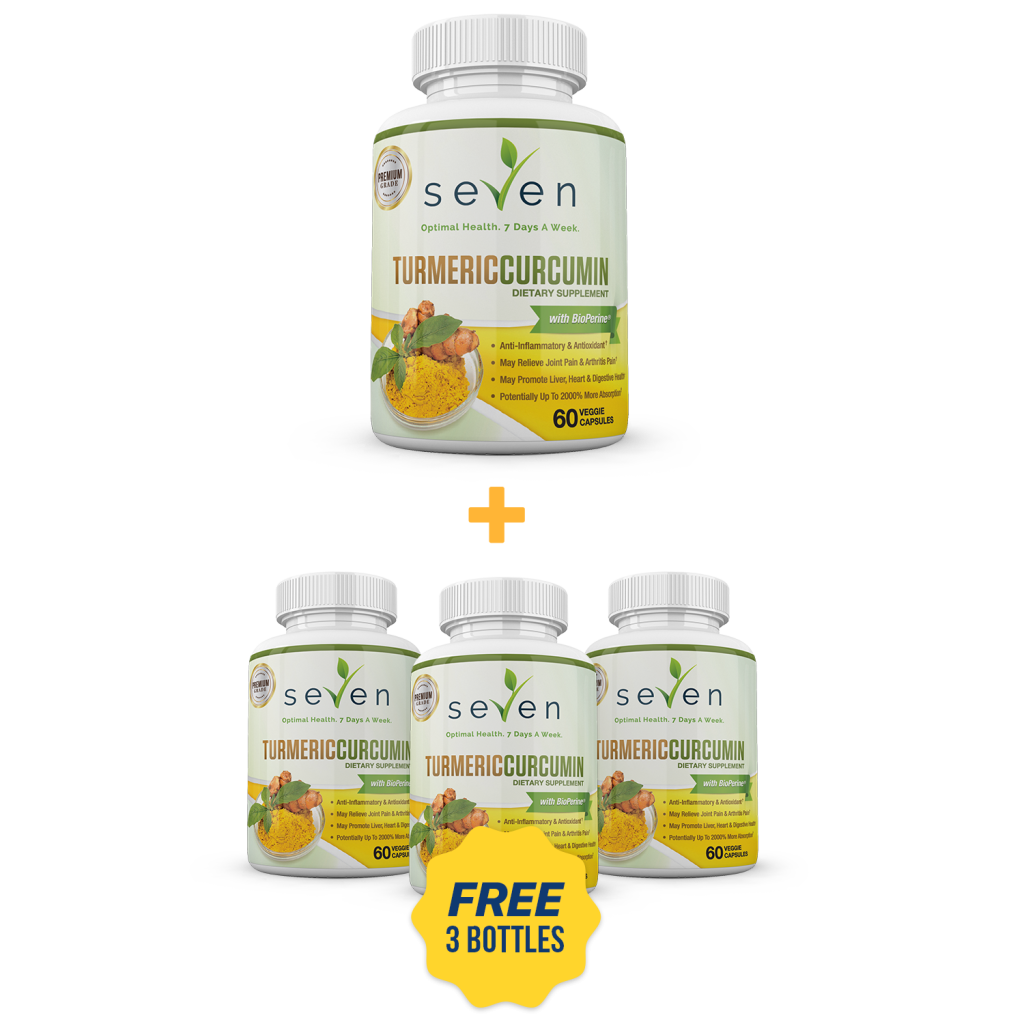Traditional fertilizers focus on three nutrients – N, P, and K. That’s all your plants need to live, right? (That and sun and water)
Nope. If you want fruits and vegetables that are going to provide you with actual nutrition and flowers and plants that will make your neighbors want to bring their cameras with them, then you need to give your plants something more than just 3 nutrients.
There are, however, three terrific natural options you can use to grow strong, healthy (and healthful) plants.
Compost Tea
There are plenty of ways to make compost tea, but it all really boils down to two different types: you either aerate it or not. Both have been shown to be beneficial, so just pick whichever you’re set up for. You will still have to stir the unaerated concoction.
All you need to do is get your well-composted material (you shouldn’t be able to recognize what the composted material originally was) and fill about 1/3 of a bucket with. Fill the rest of the bucket with water. If you’ve fermented vegetables before, it’s basically the same thing.
Let it sit for 3-4 days. Just make sure you stir it every day or so.
When it’s reached its completed state, cover another bucket with cheesecloth to strain out the solids while you pour it in the empty bucket. You now have concentrated tea. Don’t put that in your garden just yet though.
You’ll need to dilute it until it looks like weak tea (about a 10:1 of water to concentrate). Then you can either spray it on your plants or water your plants with it.
Compost tea replaces chemical fertilizers as a quick way to get nutrients and beneficial microbes to your plants and soil. If you were to just put your compost in your garden, it’d take a few years for your plants to reap the benefits because it’s not completely broken down yet. Compost tea sidesteps that whole process.
Worm Castings
Worm castings are pre-digested bits of decayed plants and worm cocoons. So, it’s worm poop and eggs. More or less. The good news is that they’re incredibly beneficial for your plants and they’re easy to harvest yourself.
All you need is a container to put some worms in, your compostable material and some newspaper. Drill small drain holes in the bottom of your container (worms can drown). Create a bottom layer of and moist newspaper. Then create a lasagna of sorts. Moist newspaper will be the noodles and compostable material, manure, and kitchen scraps will fill the role of meat, cheese, and sauce. Don’t forget to put your worms in the middle!
When the contents of the container have noticeably dropped, harvest your worm castings and add them to your garden. Worm castings will increase water retention and will slowly provide nutrients to your plants without burning out the roots (excess nitrogen can burn the roots of your plants).
BioChar
For years, I would see farmers burning huge bonfires and I always wondered what they were doing. It turns out they were making their own biochar. Biochar is essentially charcoal made from plants. Don’t go grabbing the charcoal from your grill and tossing it in the garden. It’s not the same.
To be clear, biochar is more of a soil amendment than a fertilizer. But putting it in your garden is undoubtedly one of the best things you can do for it.
Biochar increases nutrient and water availability by trapping both in the tiny holes throughout it. So instead of having the nutrients from your fertilizer run into the ground water, it actually stays where you need it to.
You may also enjoy this:




What did you think about this article?